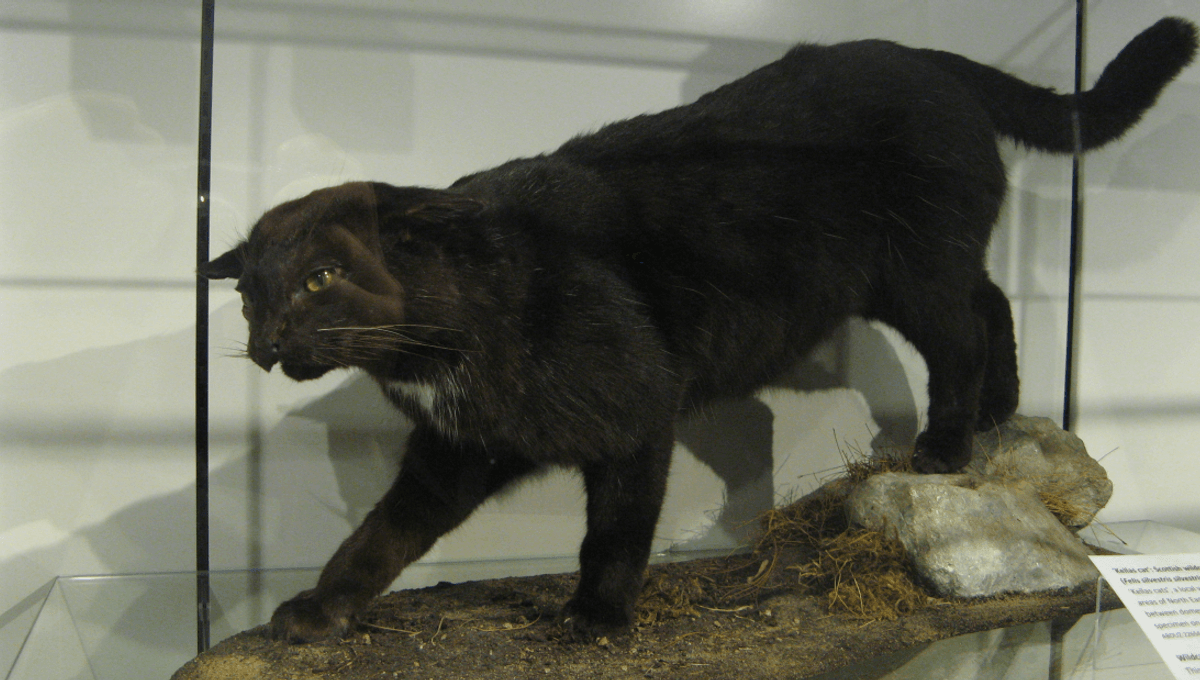
Beware the Kellas cat! That’s what you might’ve heard back in the 1980s when some people in Scotland started to attribute large cat sightings and the violent deaths of sheep to an elusive predator.
The rest of this article is behind a paywall. Please sign in or subscribe to access the full content.
The Kellas cat earned cryptid-like status, named after the Moray village of the same name, where several specimens were recorded. It was described as being large, dangerous, and a nightmare if you owned sheep. People had a lot of ideas about what it was: a melanistic wildcat, a weird-looking feral domestic cat, or even a new species with “cheetah-like adaptations”.
What was the Kellas cat?
A documentary from 1986 reported on the unmasking of the Kellas cat, speaking to locals who had seen the animals and found the butchered remains of their victims. When interviews yielded no firm answers, and dead specimens failed to deliver the precious blood needed to test and finally find out for certain, they captured a live female Kellas cat and sent off samples.
The result? It was a hybrid, one between European wildcats (Felis silvestris) that live in the wild in Scotland, and an animal much closer to home.
Yes, it’s everyone’s favorite lap companion, the domestic cat. At the time, people weren’t convinced that these two felids could even create a hybrid as they’re not closely related, but it turns out hybrids of this kind were becoming increasingly common back then.
Is the Kellas cat on the rise?
A 2023 study identified a curious trend in the emergence of wildcat and domestic cat hybrids. Surprisingly, despite having lived side-by-side for around 2,000 years, they only started interbreeding around 70 years ago.
From this point onwards, hybridization between these two species seems to have become more frequent, explaining why people in the 1980s were seeing creatures they didn’t recognize. It doesn’t explain those sheep deaths, however, as a cat the size of a Kellas cat would have a tough time taking on even a juvenile sheep. The wildcats also aren’t capable of killing sheep, so it seems highly unlikely one diluted with a domestic cat could (lovable idiots that they are).
So, should we beware the Kellas cat? Yes, but not for the reasons people were fearing back in the 1980s. Scientists have warned that these hybrid swarms threaten to push the European wildcat to extinction in Scotland through genetic swamping.
It’s currently thought that there aren’t any wildcats in Scotland – in the wild or in captivity – that don’t have some degree of domestic cat influence in their DNA. It’s thought that feral domestic cats are primarily contributing to the problem, but are our pets also to blame? The answer might surprise you.
Source Link: Beware The Kellas Cat? This “Cryptid” Turned Out To Be Real, But It Wasn’t What People Thought